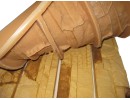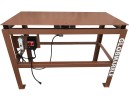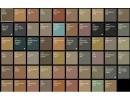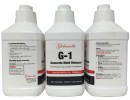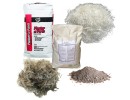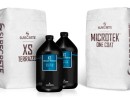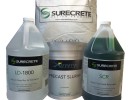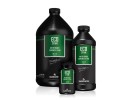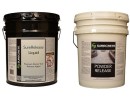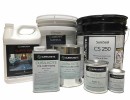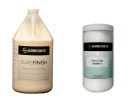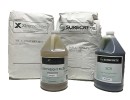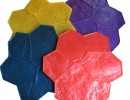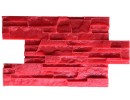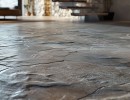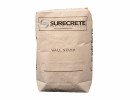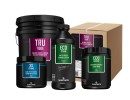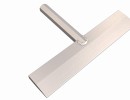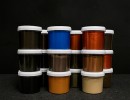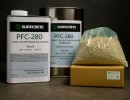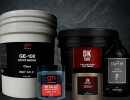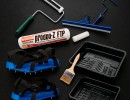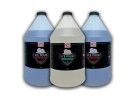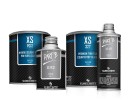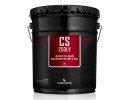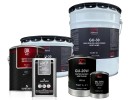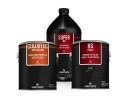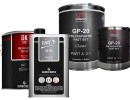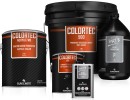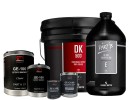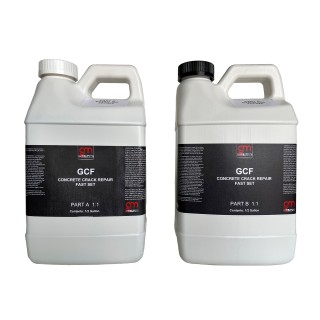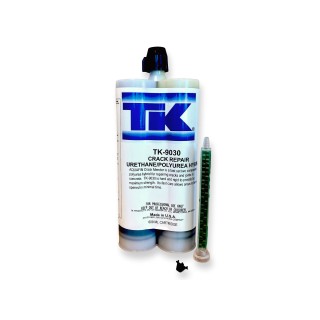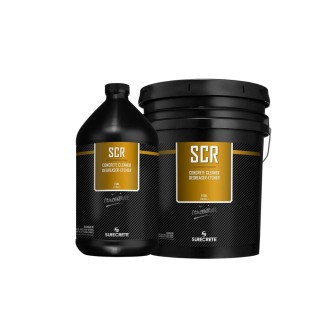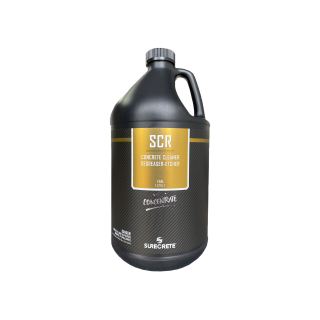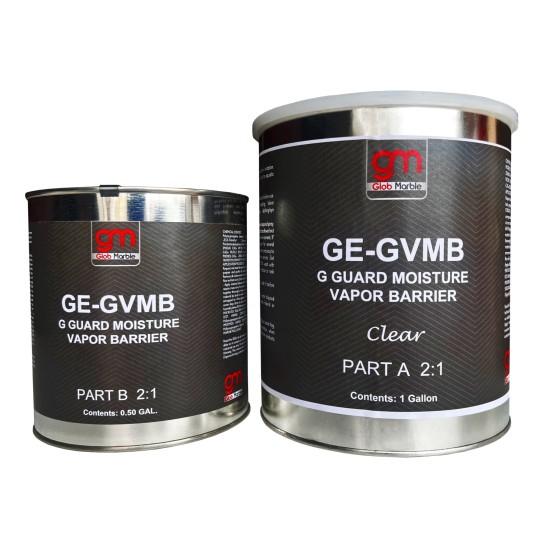
- Stock: In Stock
- Model: GE-MVB
G Guard Concrete Moisture Barrier / Vapor Barrier GE-GVMB is a 2 component 100% solids epoxy seal coat designed to manage moisture / vapor emission rates up to 20 lb per 1000 SQFT prior to application of vinyl sheets, tiles, cement overlays, epoxy systems, terrazzo, wood veneers, carpet or polymeric coatings. This product complies with ASTM F3010 standards for vapor permeability at the advised thickness.
Packaging: 1.5 gallons
Solids: %100
VOC’s: Zero
Coverage per gallon: 95 SQFT @ 17 mils
Pot life: 30-40 minutes
Tack free: 6-10 hours
Recoat/Topcoat: 12-16 hours
Full cure: 3-7 days
Product Instructions:
Surface Preparation
Perform vapor testing per ASTM F1869 to verify that the vapor pressure is below 20 lb per 1000 SQFT or above 75% and below 95% per ASTM F2170. Once desired vapor pressure is confirmed, the concrete must be grinded/ shotblasted to a concrete surface profile of CSP #3. This ensures the removal of any grease, oils, dirt and contaminates from the surface of the concrete and also expose the pores of the concrete to ensure a good bond between the vapor barrier and the concrete. Any cracks and holes must be patched with a cement based patching material before application of the G-Guard Moisture Barrier.
Mixing
The product is mixed at a 2 parts A to 1 part B ratio by volume. Mix the two components for 3 minutes on a slow speed to avoid whipping air into the liquid. Then pour into another pail (transfer pail) and again remix the G Guard before applying to the concrete surface. Improper mixing may result in product failure.
Product Application
The catalyzed mix can be spread using a brush or roller. Additionally, it is possible to apply the compound with a serrated squeegee, followed by back rolling, provided that the recommended thickness guidelines are observed. When using a serrated squeegee for application, ensure to back roll perpendicular to the squeegee's path. Keep both temperature and humidity within suggested limits throughout the application and drying phases. Avoid using heating devices that emit carbon dioxide. For optimal results, first roll the product in one direction, then back roll in the reverse to thoroughly integrate it into the concrete and ensure even thickness. Should air bubbles form due to the condition of the concrete or excessive mixing, employ an air release roller to eliminate any trapped air before the coating begins to set. Upon application to the concrete surface, air displacement may cause pinholes or gaps (outgassing). In the event of such imperfections, a second application is necessary to fill them. Grind the affected areas, remove any dust, ensure dryness, and reapply the coating. In extreme situations where additional coating doesn't solve the pinhole issue, fill the gaps by troweling a mixture of the vapor barrier liquids and a thickener into them to achieve a paste-like consistency. The moisture vapor barrier should be laid down in a continuous, monolithic layer without voids for effective moisture vapor control. Applying the barrier too thinly may not provide adequate moisture vapor protection.
Coating or Covering the Moisture Barrier
Avoid applying coatings, overlays, or any surface treatments until the material has adequately hardened, which usually takes about 12-16 hours at 70°F. Remember, lower temperatures or a cooler base may require more time for curing. A good indicator of adequate curing is if pressing down firmly on the coating with your thumb does not leave an imprint. The maximum time frame for adding another coat to the moisture vapor barrier is within 48 hours.
Cleanup
Use Xylol
Please leave a review
Write Review
